1950s Suburban Life - History
The 1950s was a contradictory era - after World War II, it was both an era of conformity and perfection as well as an era that included the wilder side of life. It was a period when people, for the first time, were moving into the suburbs, coming from either the big city or smaller agricultural areas.
It began with a large influx of veterans coming back to the United States after World War II, needing to find shelter to resume or restart their lives - either with their own families, businesses, or education.
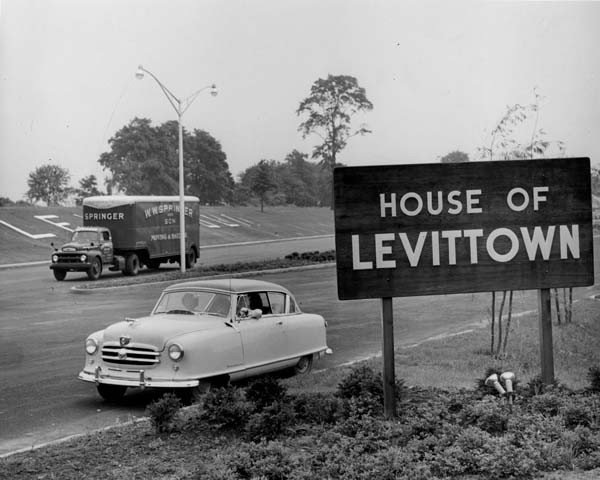
The suburbs were then massively produced, first by William Levitt and his family with Levittown in New York, and later expanded throughout the United States. In "Levittown: Making America Suburban", "What TV is Doing to America", and Vance Packer's "The Status Seekers", the criticisms of life in 1950s suburbia - a life motivated by consumer culture and the pressure to conform to an outward appearance of affluence - are presented and discussed, as well as the life homeowners of Levittown might have experienced in this era.
In the information
laid out to those in the 1950s through these writings, it is clear that there
are two opposing perspectives of 1950s suburbia and status seeking - one seeks
perfection and conformity while the other seeks those who seek to increase
their class and status, to standing out in society as upper
class. These new suburbs presented challenges to homeowners in these planned
communities and had a lot of controversy surrounding it. Based upon the content
of the three articles, suburban life, TV, and status seeking are clearly
aspects that are woven together and interlaced to produce a life for those
coming back into society after World War II and contributed to the environment
behind the opposing perspectives of 1950s suburbia and status seeking. Suburban
life, TV, and status-seeking all reinforced each other through the ideology
behind them - that dominantly being of conformity and perfection.

First and foremost, two opposing perspectives of 1950s suburbia and status seeking are exposed through "Levittown: Making America Suburban" and "The Status Seekers", where 1950s suburbia contributed to the philosophy society was encouraged to follow - that being of conformity - and where status seeking encouraged society to take advantage of a prosperous economy in order to be seen as upper class, which accentuated class lines and distinctions.
In regards to 1950s suburbia, Levittown is a significant example to take into consideration. For example, it required the neighborhood to be a planned community - meaning that those who decided to dwell there needed to adapt to certain rules and take it upon themselves some communal responsibilities. If those who chose to live there did not follow the rules clearly set out, then the neighborhood no longer had the aesthetic that the community planners had in mind originally. In one instance, there are specific rules regarding lawns and landscape material - where if these rules were "neglected the neighborhood soon assumes a sub-standard or blighted appearance and is naturally shunned by the public" (Levittown: Making America Suburban).
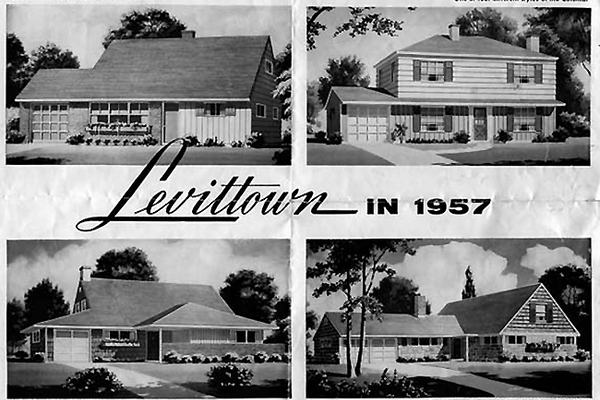
This demonstrates the pressure placed on homeowners in Levittown, and communities similar to them, to conform to their neighbors and make sure that the rest of society will not look down on them if something seemed abnormal or irregular. The importance placed on outdoor appearances compared to indoor appearances is also emphasized, where it is thought that "while furniture, houses, and most material things tend to depreciate with the years, your lawn, trees, and shrubs become more valuable both aesthetically and monetarily" (Levittown: Making America Suburban). An emphasis was placed on society to make sure appearances on the outside seemed perfect and conformed to the idea of perfection that society had defined in the 1950s.
In a way, this is a general representation of society as a whole at that time - similar to taking care of the outside of a planned community, a person was to be meticulous and careful with their reputation and social image.
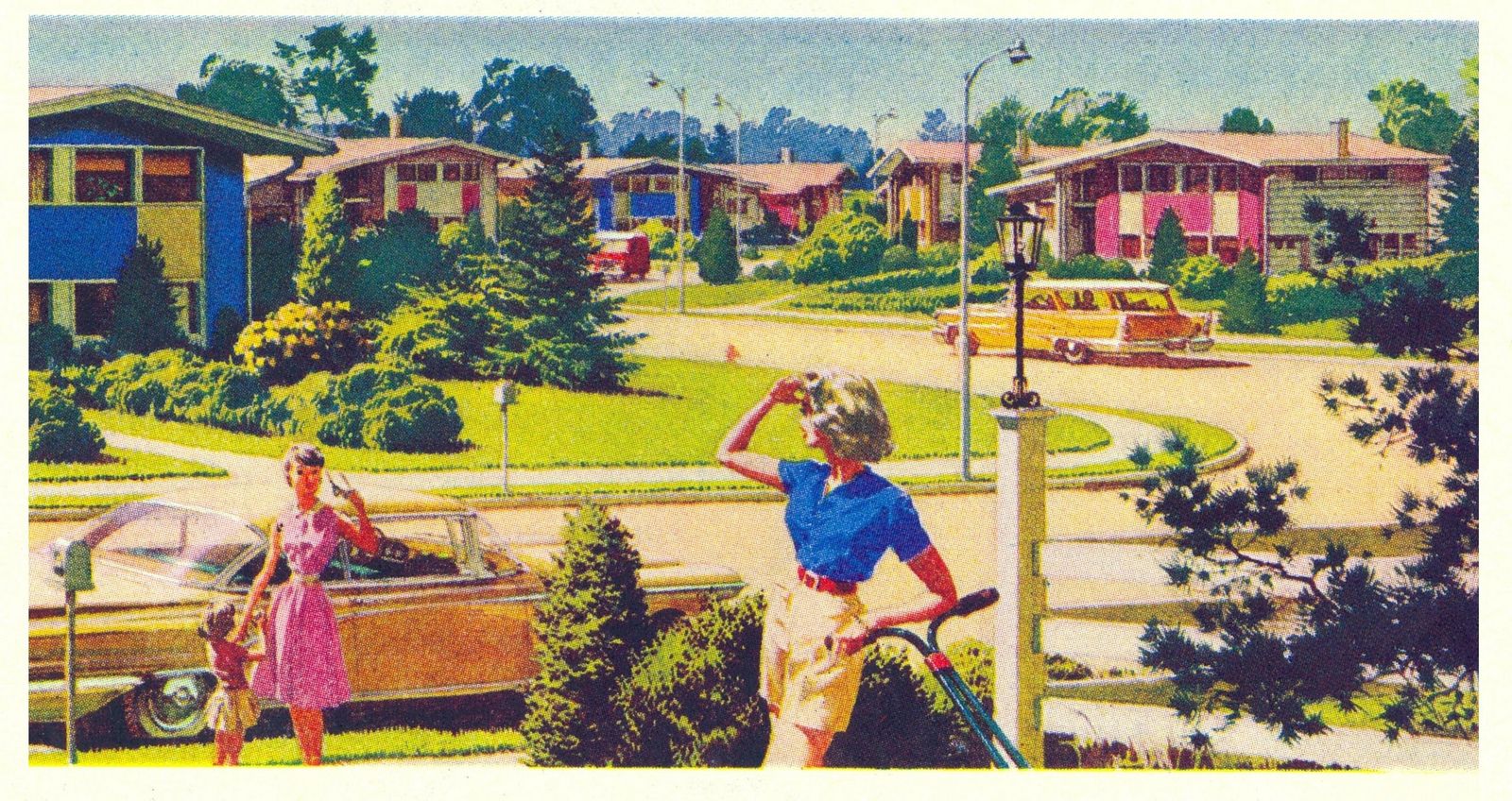
The opposing view is seen through the idea of "status seeking," where people continually strain "to surround themselves with visible evidence of the superior rank they are claiming" (The Status Seekers). The very philosophy behind this is to stand out from your actual class - to assimilate into another social rank. While at first, this may seem to encourage the very idea of conformity, "such a notion, unfortunately, rests upon a lack of perception of the true situation developing" - a situation where class lines are actually becoming more distinct.
One of the reasons behind this is that due to Americans emphasizing the importance of upper classes and material abundance, a constant comparison and rating occurs - "the majority of Americans rate acquaintances and are themselves being rated in return" (The Status Seekers). Instead of conformity, an opposing perspective takes place. One of which class distinctions are emphasized due to the amount of attention they are receiving and the prosperity available to a large range of the population. Instead of limiting, or at the very least, reducing class differences, prosperity and the availability of material wealth actually encouraged society to focus on those social ranks.
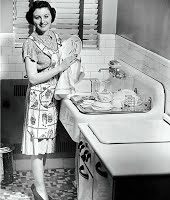
My perspective on these new suburbs is that they laid the foundation down for limited liberty. While it seemed advantageous for society in the aftermath of a war to be exposed to conformity, unity, and a "picture-perfect" life, it actually limited the liberty people had with their living space. The benefits mentioned are all done at the cost of freedom - whether that be through outdoor design, interior design, or the self. While it might not be specifically about political or economic freedom - those certainly existed post-World War II - this is about societal freedom, which seemed to be deeply lacking in 1950 suburbia.
Additionally, the three articles formed a cogent connection between suburban life, TV, and status seeking, all the while reinforcing one another. In "The Status Seekers", it is made clear that "...most of us surround ourselves, wittingly or unwittingly, with status symbols we hope will influence the raters appraising us, and which we hope will help establish some social distance between ourselves and those we consider below us." These status symbols can be of any material wealth or goods - whether that be a house, a stovetop, a fridge, or even a TV. The merchandising and advertisements on the TVs themselves encouraged status consciousness - further encouraging society to deep dive into the world of material possessions to attempt to assimilate into the higher ranks of society.
Not only is this encouraged, but it was highly possible to accomplish for a large range of the population - especially since "with the general diffusion of wealth, there had been a crumbling of visible class lines now that such one-time upper-class symbols as limousines, power boats, and mink coats are available to a variety of people." Thus, all types of people from all types of backgrounds could purchase goods and services that had only previously been available to higher ranking people.
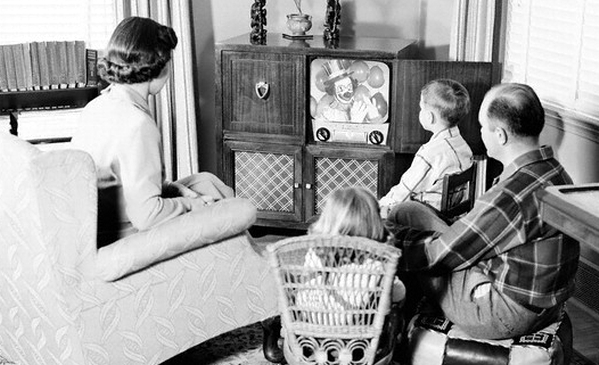
One of these goods had, in fact, been the television. It was found in "The Status Seekers" that those who are emotionally insecure are more vulnerable to these tactics. In "What TV is doing to America", it was mentioned that those who are "low in income, education, or job status, as a rule, spend more time in front of TV sets than those with more money and education." The status seeker going out to purchase a TV supports this very idea presented - that those who may be of a lower class for whatever reason (whether it be through employment, education, or income) will be more attracted to the idea of purchasing a good such as the television compared to those who have already achieved a higher status.
Thus, the following two points can be processed thus far- first, that status seekers look towards purchasing goods and services that help them surround themselves around the social status they hope to achieve; and second, that those who are the status seekers, or those in the lower social status', will be more likely to use these material goods compared to those who belong to the upper class.
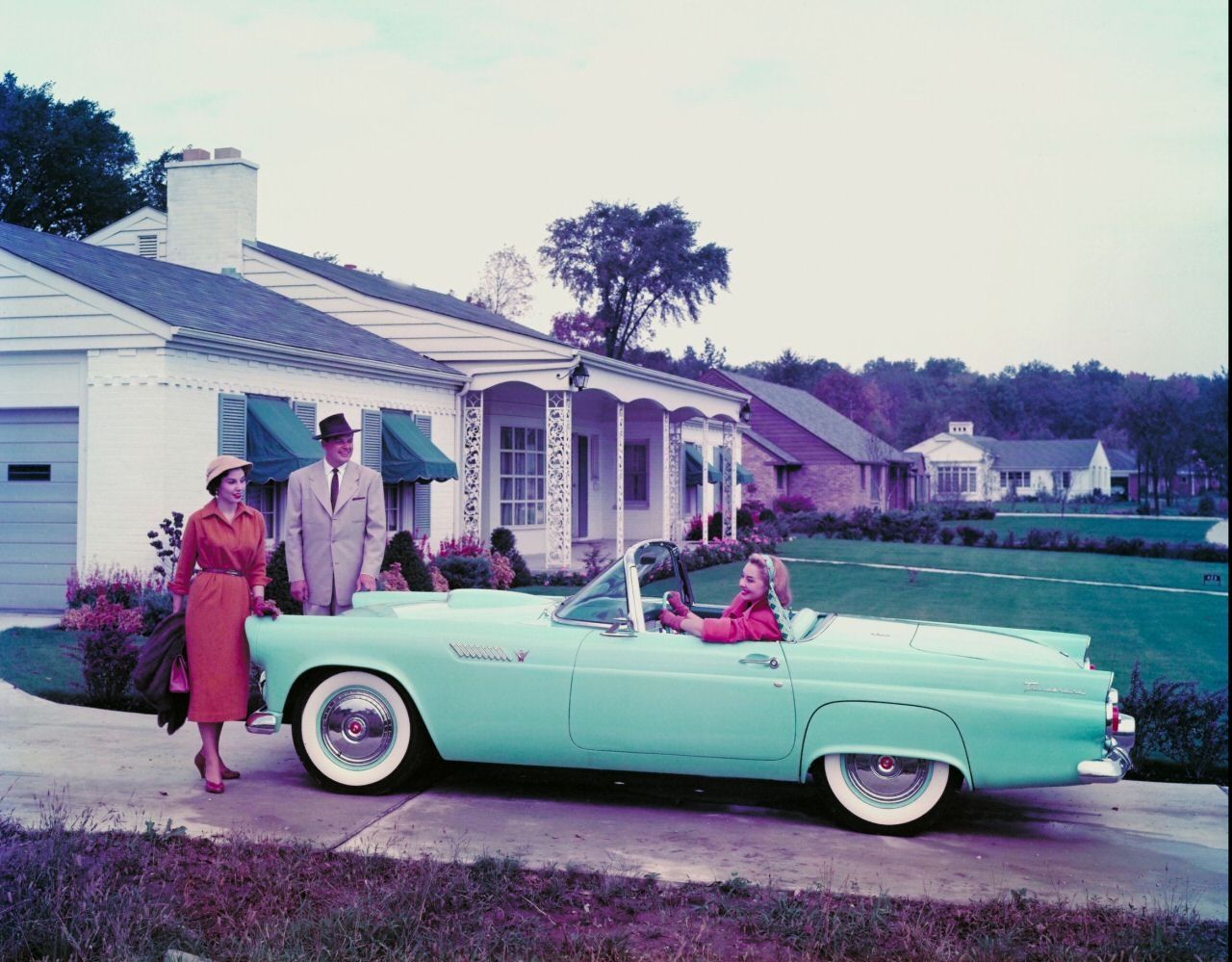
Not only do these support and connect to each other, but these very ideas reinforce the main philosophy pushed in 1950 suburbia. This can be illustrated through "Levittown: Making America Suburban", where it was made clear that conformity was a priority, and that lives most analogous to perfection would be ideal. If status seekers were found in the suburbs, and if they were more likely to use material goods, such as the TV, then it would be reasonable to assume that these status seekers will buy a TV - not only because they will likely use it more than the people in the upper classes, but also because of those around them in the suburban area will also probably have access to a TV, and the rules of conformity encourages those without TVs to purchase one. Thus, the ideas behind status seeking, TVs, and suburban life all coincide and reinforce each other.
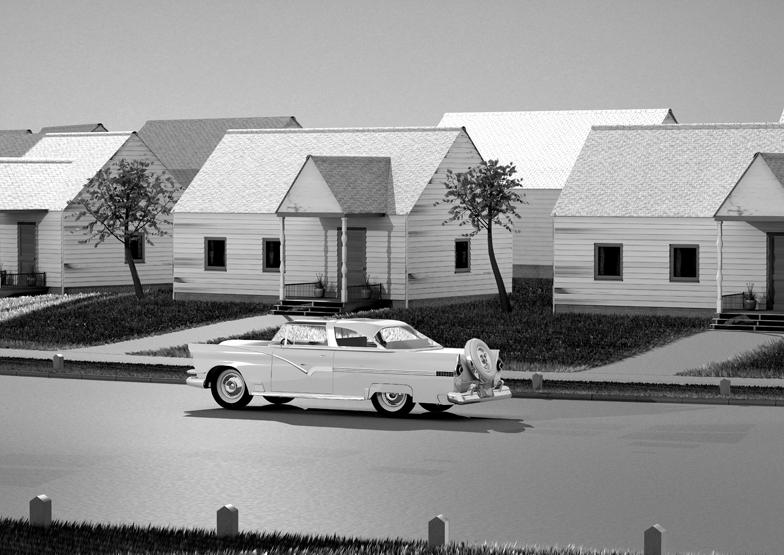
Thus, there are two opposing perspectives of 1950s suburbia and status seeking - one seeks perfection and conformity while the other seeks those who seek to increase their class and status, to stand out in society. Suburban life may have had its advantages, but it all came with the cost of personal freedom in society and giving over those personal freedoms to certain companies and organizations who formed the planned communities and suburban neighborhoods. Furthermore, based upon the three articles, suburban life, TV, and status seeking are interwoven aspects that reinforce each other and their societal role in the 1950s suburbia life. They are all connected through the "status seeker", reinforced with the idea of conformity and striving to achieve the "picture perfect" life.

